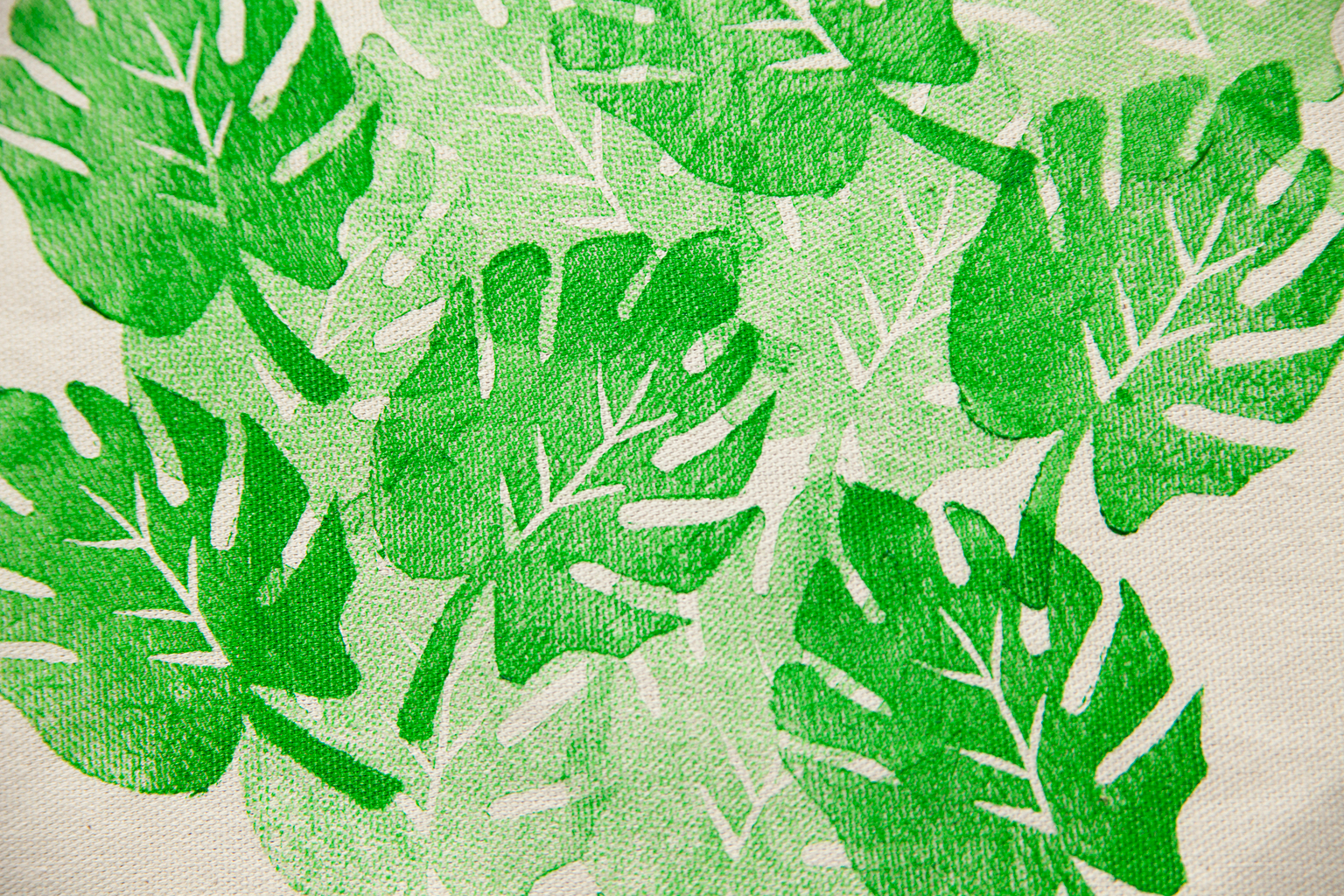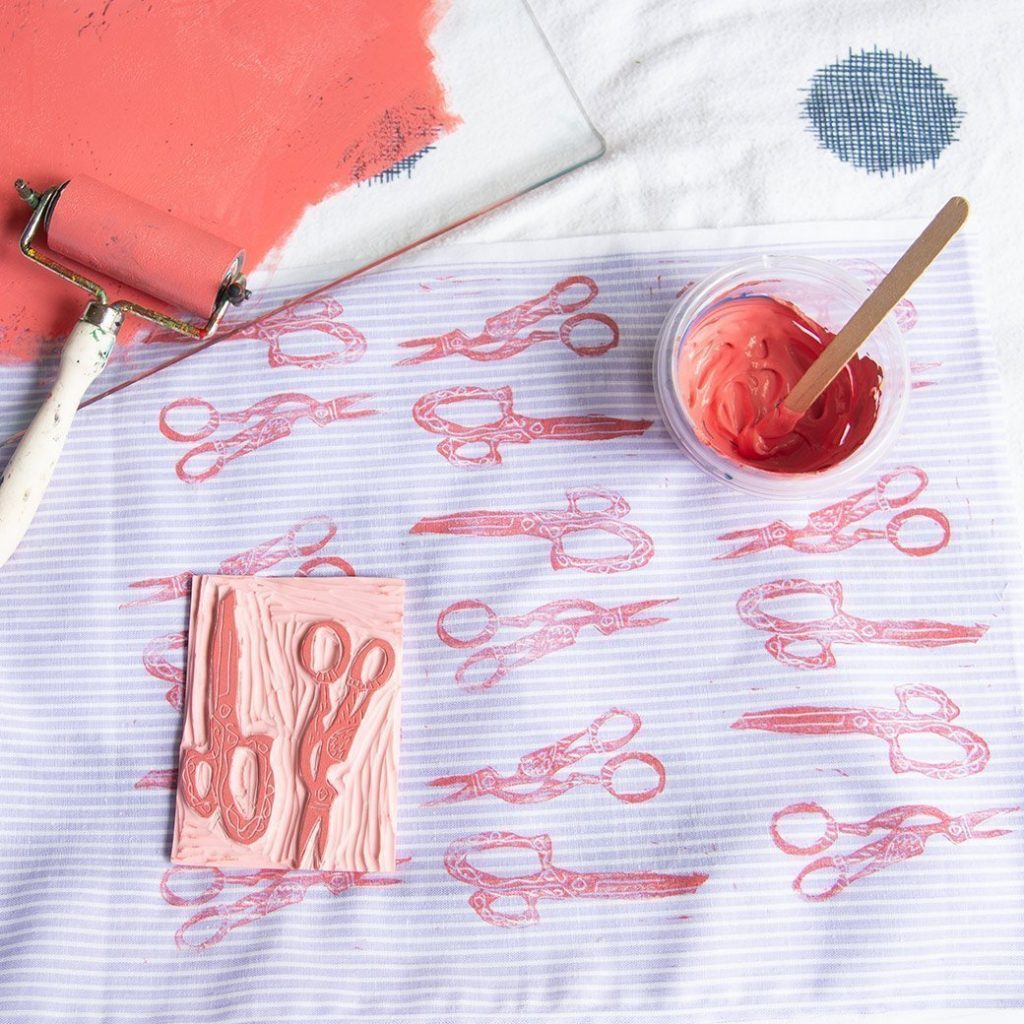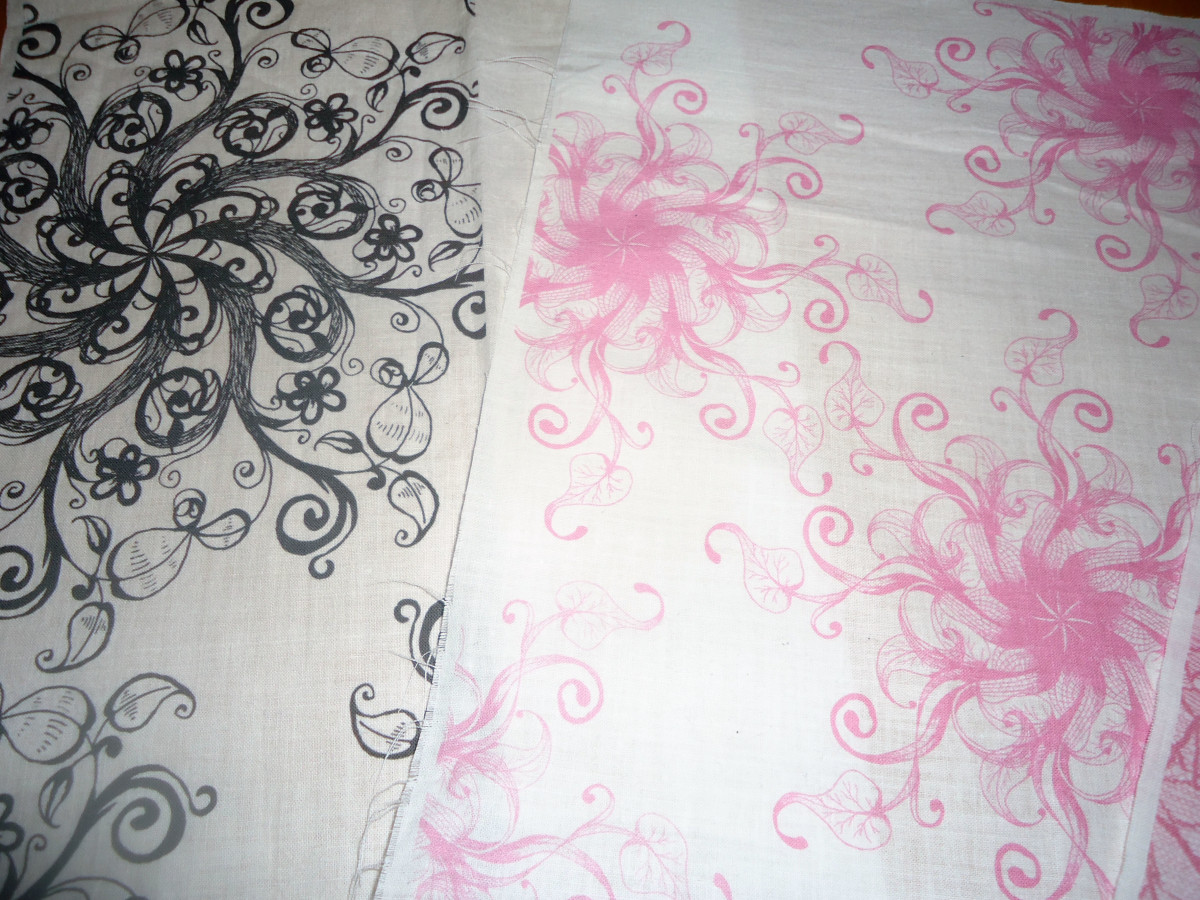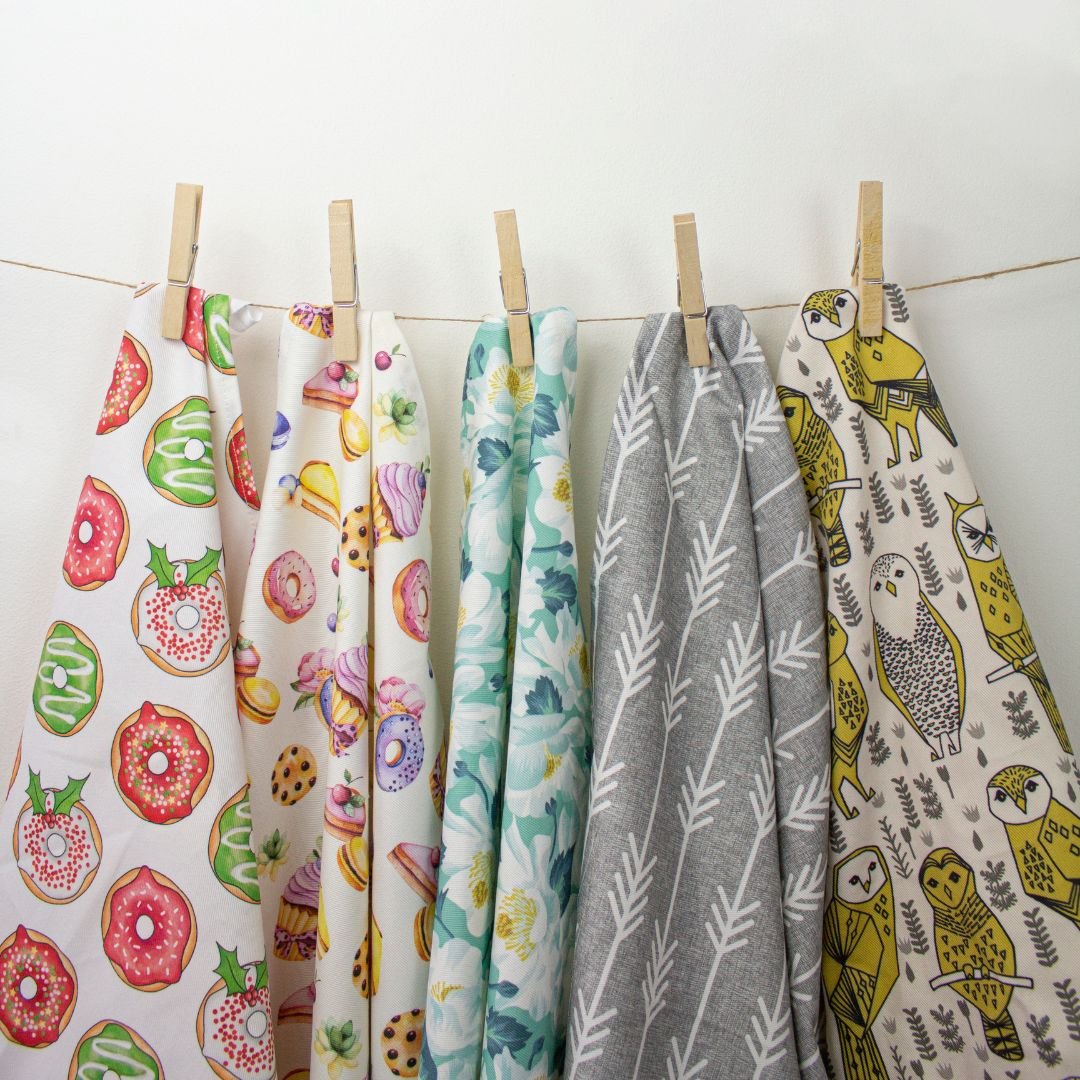Introduction: The Art and Science of Fabric Printing
Fabric printing is a timeless art form that blends creativity with technical precision. Whether you’re a hobbyist, a designer, or a business owner, mastering the techniques of printing beautiful designs on fabric opens up a world of possibilities. From customizing clothing and accessories to creating unique home décor items, the ability to print on fabric allows you to express your creativity in tangible and versatile ways. In this comprehensive guide, we will explore various methods, tips, and tricks to achieve printing perfection on fabric, ensuring your designs stand out with vibrancy and durability.
Understanding Fabric Printing Techniques
Before diving into the specifics of how to print on fabric, it’s crucial to understand the different techniques available. Fabric printing methods can be broadly categorized into two main types: direct printing and transfer printing. Direct printing involves applying color directly onto the fabric’s surface using various methods such as screen printing, digital printing, or block printing. Transfer printing, on the other hand, involves printing designs onto transfer paper or film and then transferring them onto the fabric using heat or pressure. Each method has its advantages and is chosen based on factors like design complexity, fabric type, and desired finish.

Choosing the Right Fabric for Printing
The choice of fabric plays a significant role in the outcome of your printed designs. Different fabrics absorb and display colors differently, affecting the vibrancy and durability of the print. Natural fabrics like cotton, linen, and silk are popular choices due to their breathability and ability to hold color well. Synthetic fabrics such as polyester offer vibrant prints and are often used in sportswear and sublimation printing. Understanding the properties of each fabric type helps in selecting the right material for your project, ensuring that your designs not only look beautiful but also feel comfortable and last longer.
Preparing Your Design for Fabric Printing
Achieving printing perfection starts with meticulous preparation of your design. Whether you’re creating a pattern from scratch or adapting an existing artwork, digital design software like Adobe Photoshop or Illustrator is invaluable. Ensure your design is in the correct dimensions and resolution suitable for printing. Pay attention to details such as color separations, especially for multi-colored designs, to ensure clarity and accuracy during printing. Additionally, consider the scale and placement of your design on the fabric to achieve the desired aesthetic impact once printed.

Screen Printing: A Time-Honored Technique
Screen printing remains one of the most versatile and popular methods for printing on fabric. It involves creating a stencil (or screen) for each color in your design and using a squeegee to push ink through the screen onto the fabric. This technique allows for precise color control and is ideal for producing vibrant, opaque prints on both light and dark fabrics. Mastering screen printing requires practice in stencil preparation, ink consistency, and screen alignment. However, once mastered, it offers unmatched durability and color intensity, making it a preferred choice for many artists and designers.
Digital Printing: Precision and Versatility
In recent years, digital printing has revolutionized fabric printing with its precision and versatility. This method involves printing designs directly from a digital file onto fabric using inkjet or laser technology. Digital printing allows for intricate details, gradient colors, and photo-realistic prints with minimal setup time and waste. It’s ideal for small batch production, custom prints, and designs that require a high level of detail. Advances in digital printing technology have also addressed issues like color fastness and environmental impact, making it a sustainable choice for fabric printing.

Block Printing: Handcrafted Elegance
For those who appreciate traditional craftsmanship, block printing offers a unique charm and elegance to fabric printing. Originating from ancient cultures like India and East Asia, block printing involves carving intricate designs onto wooden or linoleum blocks, applying ink or dye, and stamping the block onto the fabric surface. Each print is unique, showcasing the artisan’s skill and creativity. Block printing allows for experimentation with different block designs, colors, and textures, offering endless possibilities for creating one-of-a-kind fabric pieces that reflect cultural heritage and artistic expression.
Sublimation Printing: Vibrant and Durable
Sublimation printing is a specialized technique used primarily on synthetic fabrics like polyester. It involves printing designs onto transfer paper using sublimation dyes and then transferring them onto the fabric using heat and pressure. The heat causes the dyes to sublimate from solid to gas without passing through a liquid state, resulting in vibrant, fade-resistant prints that are embedded into the fabric fibers. Sublimation printing is popular for producing sportswear, promotional items, and products requiring all-over prints or intricate designs that demand durability and color brilliance.

Heat Transfer Printing: Versatile and Easy
Heat transfer printing offers a straightforward method for applying designs onto fabric using heat and pressure. This technique involves printing designs onto special transfer paper or vinyl sheets and then using a heat press to transfer the design onto the fabric. Heat transfer printing is popular for custom t-shirts, bags, and accessories due to its ease of use and ability to produce detailed prints with no setup costs. It’s suitable for both small-scale projects and large-scale production runs, offering flexibility and efficiency in creating personalized fabric items.
Finishing and Caring for Printed Fabrics
Once you’ve successfully printed your designs on fabric, proper finishing and care are essential to maintain their beauty and longevity. Depending on the printing method used, fabrics may require curing, steaming, or washing to set the colors and ensure color fastness. Follow manufacturer’s recommendations for curing times and temperatures to achieve optimal results. When laundering printed fabrics, always use gentle cycles, mild detergent, and avoid harsh chemicals or bleach that could damage the print. Proper care extends the life of your printed creations, allowing you to enjoy their beauty for years to come.

Conclusion: Embracing Creativity in Fabric Printing
Mastering the art of printing beautiful designs on fabric opens up a world of creative possibilities. Whether you prefer the precision of digital printing, the craftsmanship of screen printing, or the handcrafted charm of block printing, each method offers unique advantages and artistic expression. By choosing the right fabric, preparing your designs meticulously, and mastering your chosen printing technique, you can achieve printing perfection that enhances clothing, accessories, home décor, and more. Embrace experimentation, explore new techniques, and let your creativity shine through every printed piece, making each one a reflection of your unique style and artistic vision. With dedication and passion, your fabric printing journey promises endless opportunities to create beauty and inspire others with your printed masterpieces.









